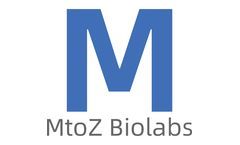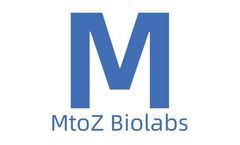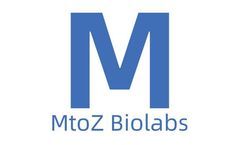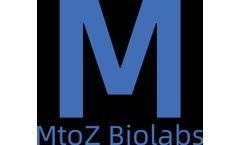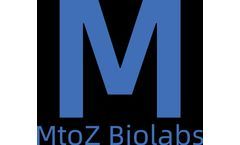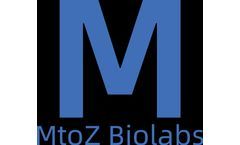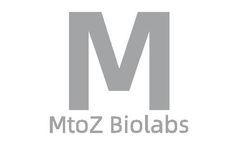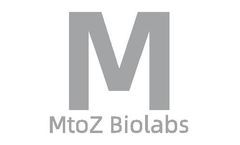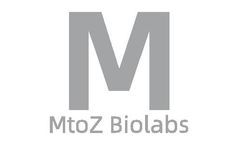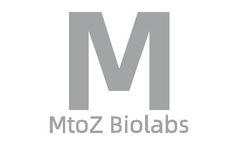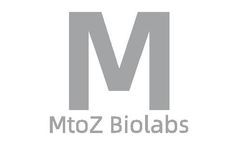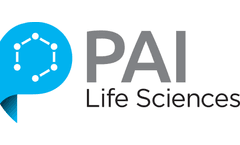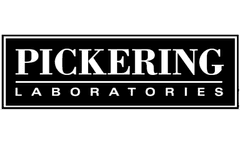Hplc Chromatography Articles & Analysis
18 articles found
Analytical Chemistry: Methods like HPLC (High-Performance Liquid Chromatography) and mass spectrometry can be used to analyze secreted products, confirming the functional characteristics of the cells. ...
Accurate analysis and monitoring of the components of the medium can help researchers and manufacturers optimize the production process, increase yield, and ensure the safety and effectiveness of the final product.Technologies for Analyzing the Components of Antibody Drug Culture Media1. High-Performance Liquid Chromatography (HPLC)(1) HPLC can ...
For instance, High-Performance Liquid Chromatography (HPLC) and Capillary Electrophoresis (CE) can be used to analyze the types and quantities of proteins and amino acids; Gas Chromatography (GC) and Mass Spectrometry (MS) can be used to analyze the composition of sugars and lipids; various biochemical analysis methods can be used to measure the ...
The measurement of collagen can help researchers and physicians understand the pathological process of related diseases (such as osteoporosis, arthritis, skin aging etc.), and also aid in drug development and other biomedical research.The measurement of collagen can usually be carried out through several different methods:Mass Spectrometry1. Proteomic AnalysisLiquid ...
Here are some commonly used methods for determining collagen content.ChromatographyHigh-performance liquid chromatography (HPLC) is a commonly used method for quantitatively analyzing collagen and other proteins. ...
This method can provide detailed information about the types and locations of glycation modifications.2. High Performance Liquid Chromatography (HPLC)HPLC is a commonly used technology that can be used to separate and quantify glycation products in collagen.3. ...
The detection methods for glycosylated impurities are diverse, including chromatography, spectroscopy, electrophoresis, etc. Among them, High-Performance Liquid Chromatography (HPLC) is the most commonly used detection method, which can effectively separate and quantitatively analyze glycosylated impurities, with simple operation and good ...
Glycan SeparationTechniques such as High-Performance Liquid Chromatography (HPLC) or electrophoresis are used to separate glycans.3. Glycan Structure IdentificationMethods like Mass Spectrometry (MS) or Nuclear Magnetic Resonance (NMR) are used to analyze the structure of the separated glycans.4. ...
Therefore, detailed analysis and control of the monosaccharide content and types in recombinant protein vaccines are very important.To analyze the content and types of monosaccharides in recombinant protein vaccines, technologies such as High-Performance Liquid Chromatography (HPLC) and Mass Spectrometry (MS) are usually required. HPLC can ...
Natural sources contain a complex mixture of compounds, making it difficult to isolate the desired bioactive compounds. Researchers often use chromatography techniques, such as high-performance liquid chromatography (HPLC) or gas chromatography (GC), to separate and analyze the extracted compounds based on their chemical ...
Accurate determination of its concentration is crucial for multiple fields such as biomaterial research, food industry, and pharmaceutical research.Liquid Chromatography (LC) is an efficient and precise analytical technique for collagen concentration measurement, especially High-Performance Liquid Chromatography (HPLC) and Ultra-High Performance ...
By comparing with standard proteins of known molecular weight, the average molecular weight of the collagen peptides in the sample can be estimated.3. High-Performance Liquid Chromatography (HPLC)HPLC is a method used for the separation and quantitative analysis of proteins and peptide segments. In collagen peptide research, reverse-phase ...
Meanwhile, recombinant collagen used for cosmetics or drug delivery systems may be designed with a lower molecular weight (e.g., 30 kDa to 90 kDa) for ease of skin absorption or to achieve specific biodistribution.Determination of Molecular WeightThe determination of the molecular weight of recombinant collagen typically uses the following techniques:1. Gel Permeation ...
Sirius red binds to the collagen in the solution, and the collagen is quantified by measuring its absorbance.Determination of Hydroxyproline Residue After Sample Hydrolysis (by Colorimetric Kit or HPLC)The residual amount of hydroxyproline is determined by colorimetric kit or high-performance liquid chromatography (HPLC). ...
Biochemical Analyzer(1) Biochemical analyzers such as total protein quantifiers are used to measure total protein content, which is then used to estimate collagen content based on its proportion in the sample.(2) This method may require standard curve correction for different sample types.5. High Performance Liquid Chromatography (HPLC)(1) Specific amino acid ...
In addition to fume hoods, rotary evaporators, and glassware, we are able to use major equipment including a Bruker Avance 300 MHz NMR spectrometer, Agilent 1100 LCMS, preparative HPLC systems, automatic flash chromatography system, hydrogenator, and ozone ...
High performance liquid chromatography (HPLC) is the technique of choice for separating analytes pursuant to their detection, identification, quantification and/or purification. Most organic substances, and certainly the majority of pharmaceuticals, are polar, nonvolatile or thermally labile molecules that are amenable to HPLC separation. ...
In this paper, we describe the purification platform developed by ArQule that is based on reverse phase high performance liquid chromatography (RP-HPLC) separation and mass directed fractionation. By strictly enforcing collection of only one fraction per sample, this purification paradigm has significantly enhanced the throughput and simplified the ...


